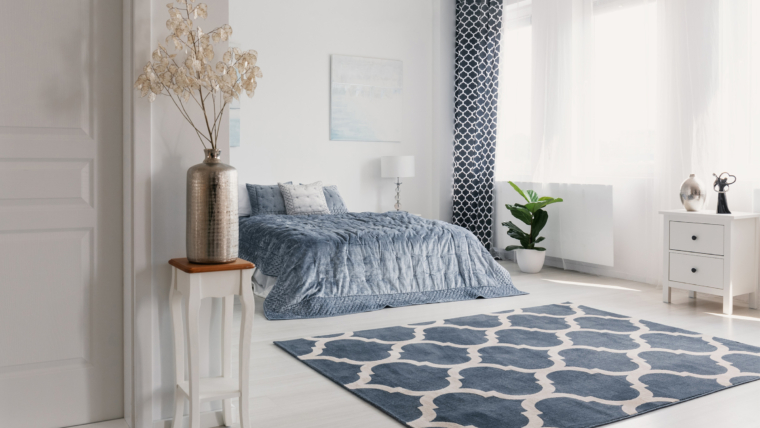What a beautiful day it was yesterday! If you were like most of us, you found a way to get outside and enjoy the warm sunshine. Spring is near and, especially if you are going somewhere warmer for spring break, soon you will be spending more time in the sun.
Before you do, be aware that over exposure to solar UV radiation (UVR) has consequences. Nearly 3.5 million skin cancers are diagnosed in the US annually, and the vast majority of them are caused by solar UV radiation (UVR). UVR also causes up to 90 percent of the visible changes commonly attributed to aging, such as wrinkles, brown spots, and sagging skin.
Fortunately, clothing can absorb or block much of this radiation. It is our first line of defense against the sun’s harmful ultraviolet rays. The more tightly woven a fabric and the the darker the color, the more protection you will receive. Denim has less holes between the threads to keep out more UVR than fabrics with loose weave and dark colors like red or black absorb more UVR than white or pastel shades.
We’re guessing in 95º weather, you aren’t going to wear your dark blue denim jeans or corduroy pants/jacket nor all black clothing. Chances are you will be opting for cotton, linen, and other thin, lightweight materials like some silks and bleached cottons.
Here’s our tips on sun protection with clothing:
- When selecting your attire for a day in the sun, look at these attributes and try to select items that will give you the most coverage:
♦ Tightness of weave or knit
♦ Type of Fiber
♦ Thickness or Density
♦ Color - Also look for an Ultraviolet Protection Factor (UPF) label which will help you identify sun-protective garments. The number on the label indicates what fraction of the sun’s rays can penetrate the fabric.
- Wear a wide brimmed hat (sun hat, visor, fedora, outback, bucket, panama, etc.) of 3″ or more all the way around to shade the face, neck, ears, and even the top of the shoulders. People with melanoma (the deadliest skin cancer) of the head and neck are almost twice as likely to die from the disease as patients with melanomas on other parts of the body.
- Look for sunglasses that cover the eyes, eyelids, and as much of the surrounding areas as possible. They should come with a tag verifying that they block 99-100 percent of all UV radiation. Prescription eyewear, including both sunglasses and ordinary glasses, can be coated for UV protection. Ask your optician to upgrade your glasses to 99-100 percent UV protection.
- When you’re at the beach on a clear summer day, be aware that certain surfaces reflect the sun’s UV rays, allowing them to hit your skin and eyes twice. Sand reflects an extra 15 percent of UV light, and water, up to 10 percent. Loose-fitting tunics and sarongs help shield the arms and legs; scarves and wraps can cover the neck, upper chest, and shoulder area. Rash guards or a swim shirt made of nylon and spandex will offer protection while you are on the beach and in the water.
- Remember, the more skin you cover the better. Many companies such as Coolibar, REI, Sun Precautions, Athleta, Patagonia and more sell a variety of fashionable items. Sun Guard, recommended by the Skin Cancer Foundation claims it “washes UPF 30 sun protection into everyday clothing” if your budget doesn’t allow for an all new summer wardrobe from the above mentioned retailers.
What is your favorite thing to do outside during the warmer, sunny months? What precautions and tactics will you implement to protect yourself against UV damage?
– S.O.



